“Our go-to method for problem solving is majorly flawed.”
So read a headline of a Fast Company article.
After decades of leading and participating in brainstorming sessions, I know this for fact: the process is inefficient, time-consuming and, more significantly, usually unproductive. Brainstorming is several people fed with facts, plied with pizza, sometimes billeted somewhere, trying to come up with something until they actually do come up with something.
In theory, ideation requires time. There’s PREPARATION: steeping people in research and information about the product and industry; INCUBATION: the creative process includes a break from the task at hand; ILLUMINATION: the Eureka! phase, that moment participants high-five each other because they have discovered something equivalent to the cure for cancer; and then there’s VALIDATION: where the breakthrough idea is supposed to survive hammering and testing.
All too hard, too cumbersome, and too much time is wasted waiting for lightning bolts from heaven.
We romanticize it, of course, as we do everything in advertising. But it is an expensive process: imagine the cost of all those people in the room, multiply by hours or days; the cost of lost opportunity because they are not working on regular work. You have many people trying to impress the room with brilliant ideas, working deep into the night. Since every person represents a family, you’re stealing time from personal needs and obligations.
We wish we could always have a body of thinkers that can distinguish strategy from execution, tactic from tone of voice and texture. Unfortunately, what we desire to achieve, we do so infrequently; what we get to do is create meetings with long stretches of dead air and instill dread in junior participants.
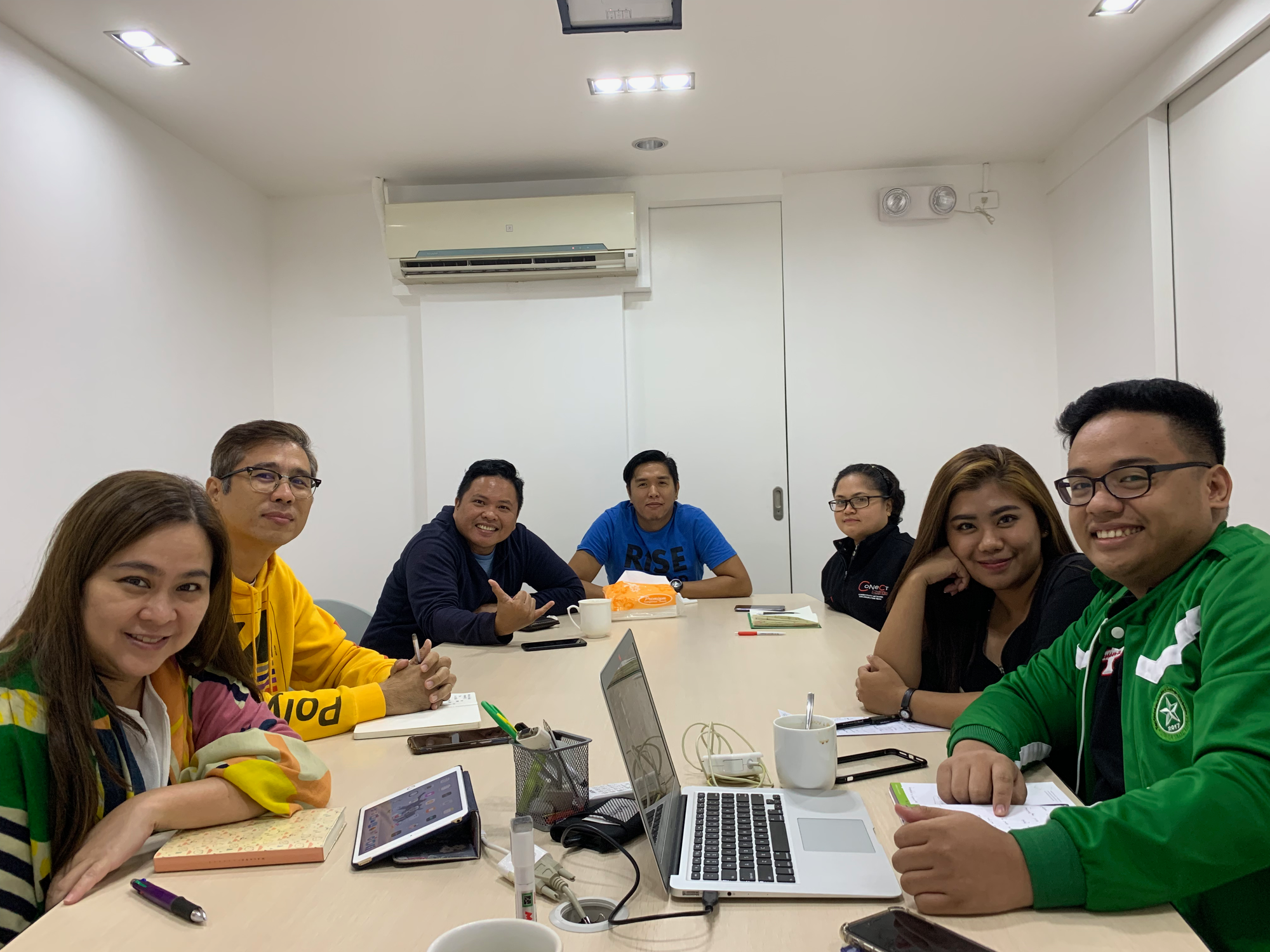
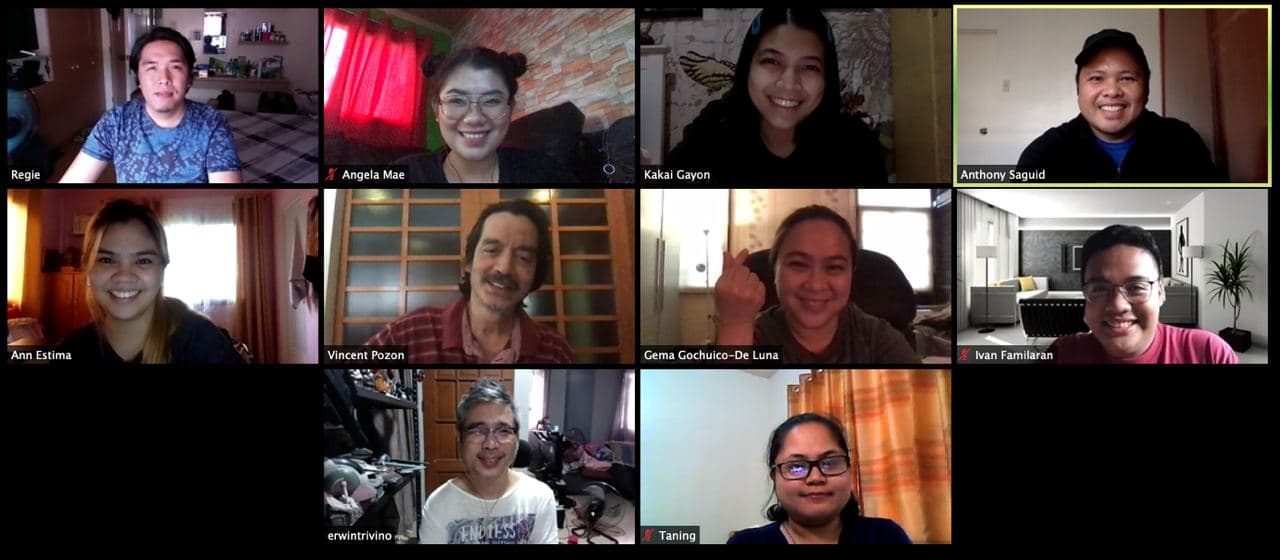
Brainpicking then, and now, working from home.
Brainpicking – not brainstorming
“It’s broke; let’s fix it.”
The intent is to spawn a thousand ideas, and then edit, mold, and flesh out the best idea into an effective campaign.
Brainpicking is a session where people are brought together to work and play with one task, topic or thought. All are encouraged to contribute anything: a word, concept, special event idea, media tactic, strategy; an advertising campaign, an insight; a television program idea, picture, layout proposal, talent endorser – anything.
Our technology incorporates characteristics of both creative processes: inputs from the many and inputs from the lonely writer. Simply stated, we get contributions from the unstructured, unformatted, merry and boisterous sessions; and the sessions one has alone, with only the god of logic and science and subservience to strategy in attendance.
We pick their brains; we hand all the notes and ideas over to one person, who decides on the approaches to take, which are then fleshed out; and we review to check if they work.
The person who leads the brain-picking session is the man or woman with the astuteness to see a gem of an idea, however rough — and quickly. Good ideas unnoticed is a crime in an industry that depends on creativity.
The sessions can be as wild as barroom discussions. The people attending a brain-picking session can be neophytes or masters in their fields, clients or outsiders. No technical expertise is required, only brains to pick.

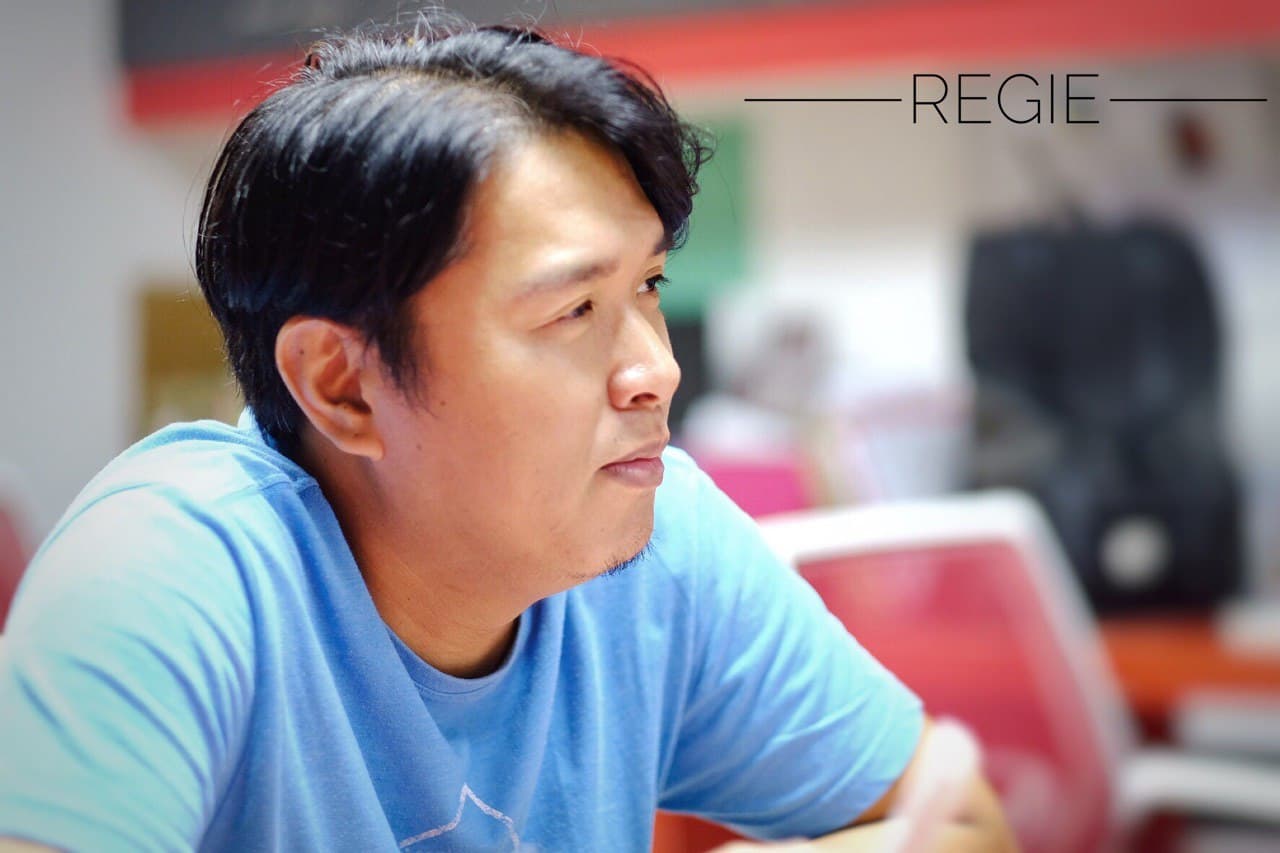
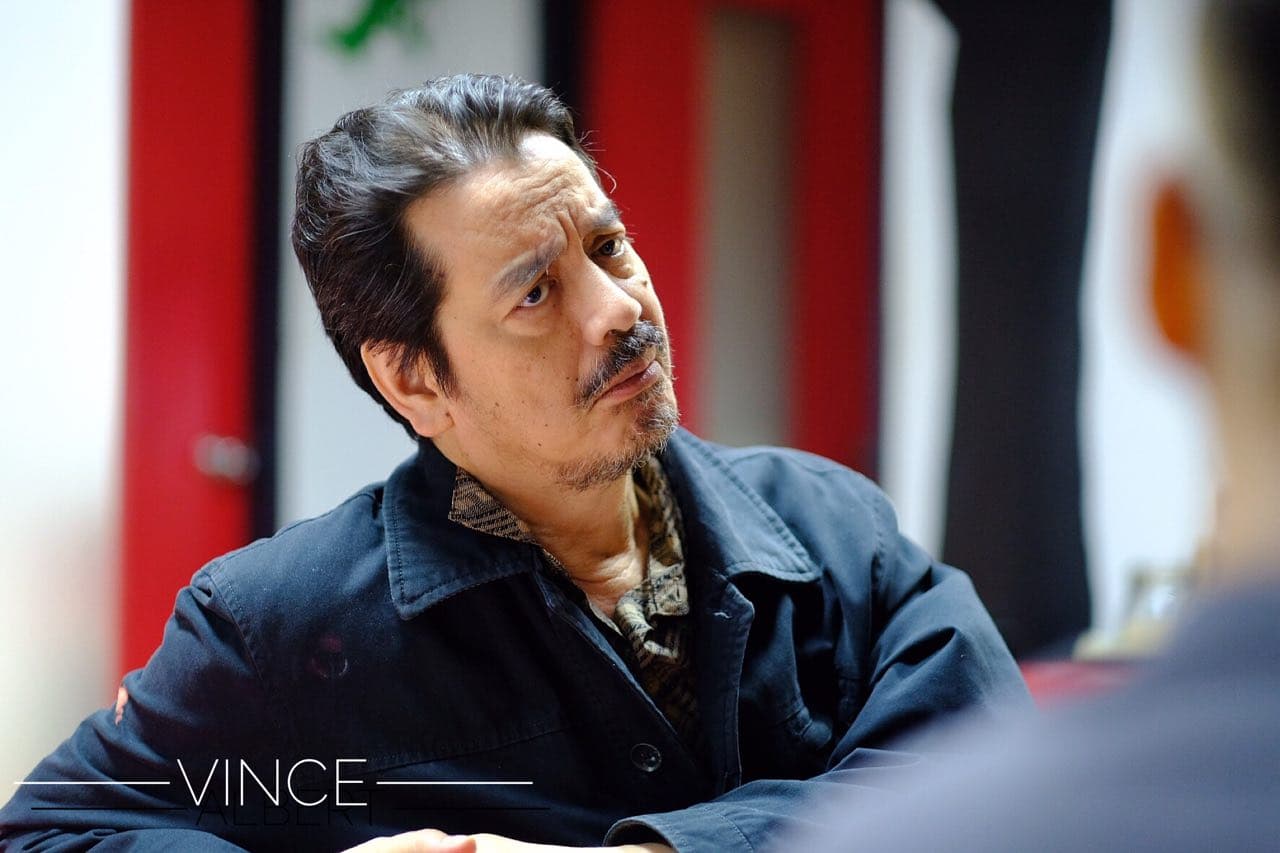




Resolution, unanimity, agreement are not required
The results of the session are fodder for the next stage, the stage where a decision is made.
The Bouncing Off stage or the review has two objectives: to ascertain that the campaign is within the strategy, and to aid in refining the work. Craftsmen working by themselves can lose sight of the forest and get trapped in executional ditches. Sometimes, something that looked stellar conceptually dies in execution. An idea we loved in the meeting suddenly “just doesn’t work”.
Things to remember about brainpicking
1. You don’t ask people to prepare for a brainpicking session. You do not brief them before the meeting. You do not ask participants to bring in ideas. You’re going to pick their brains for fresh ideas. You don’t want anyone rabidly defending what he brought into the meeting.
2. Put out a watch. Don’t go beyond an hour. Half an hour is best for one project. Move on to another project if you find yourself in a ditch. Take a break or reschedule if you want more ideas. Quality is inversely proportional to the length of the session.
3. There is no democracy in advertising. Asking for consensus is discouraged. One person has to make a judgement call.
4. Record everything. Everything. A silly idea can look sensible later. Mamaya, gaganda iyan (later, that idea will look good) is an oft-repeated line in brainpicking sessions in the company.
5. It is the task of senior people to initiate and to help keep the ball rolling.
6. Sakyan. Learn to ride on ideas before moving on to the next. See where an idea can take you. Leave it when you have exhausted possibilities.
7. Presence of quiet people is a burden to the session. Do not bring people who do not talk, unless for training -- to expose young minds to the technology.
8. Nudge participants to stay on-strat, but do not shoot down ideas. There are no wrong answers at the brainpicking stage, because you’re just picking brains. But do tell them to paint on the canvas, not on the wall.
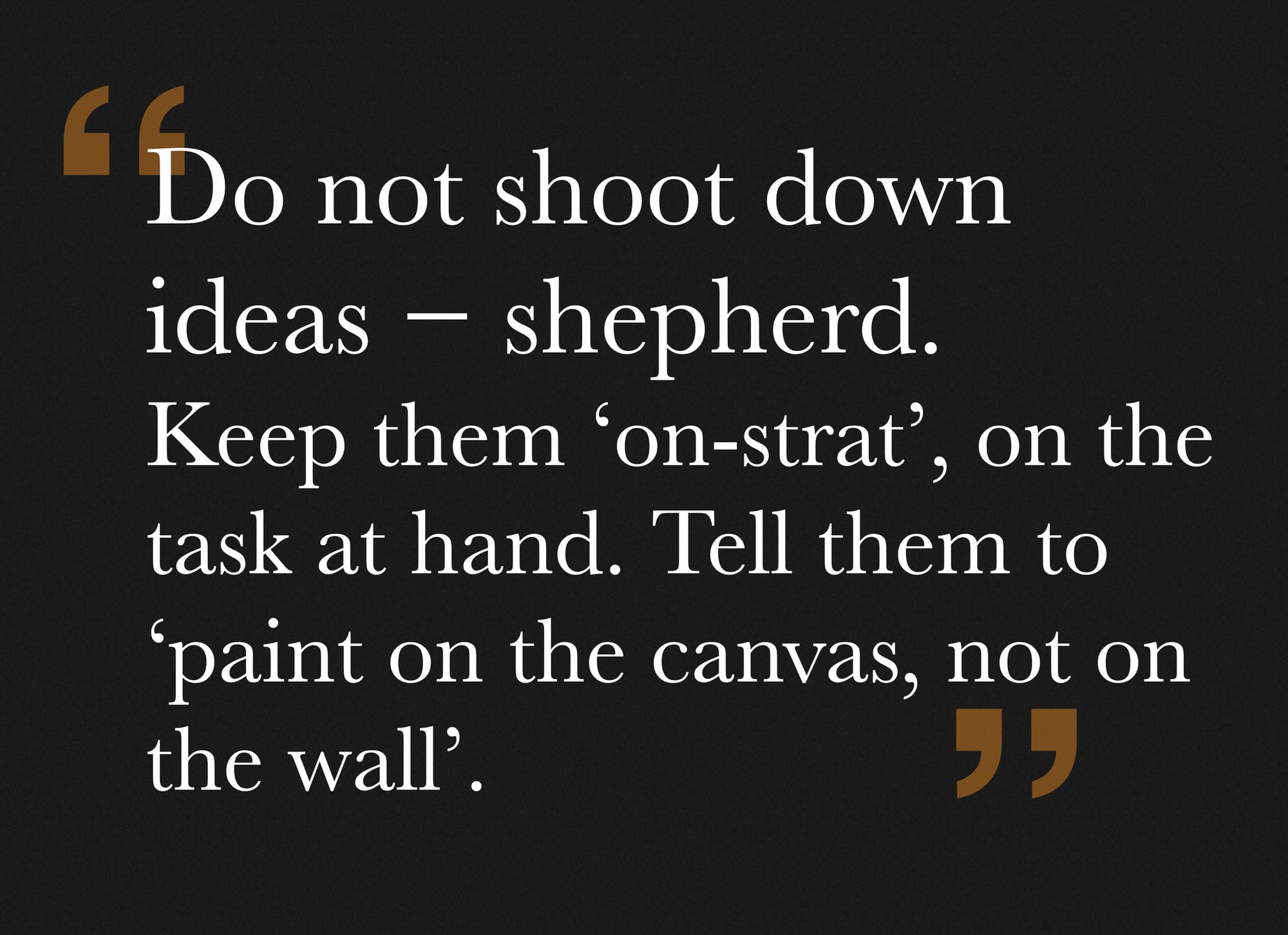
Again, why is brainpicking better than brainstorming?
Think of brainpicking as a creative process that is simpler, gentler and more natural. When you have something to do, one, you ask for suggestions; two, you decide on which suggestion you like and you work on it; and three, you show the work to others.
Easy. Friendly. Natural. Harmonious. Filipino. And fast. Now that’s the way we generate ideas.
A Song about Brainpicking
One Christmas party, Jek Buenafe, then a copywriter at Estima, now songwriter, and vocalist of the band Feel Day, gifted us with a song.
In his words, "I wanted to make a song that describes Estima's Brainpicking technology. I saw brainpicking as a metaphor to what Estima does as a whole. Here, everyone can chime in, no judgement. no need for formalities like in big ad agencies. The only goal is to make something that is out of this world, something that can really disturb the norm.



The songwriter on his last day at Estima. Jek with his band.
"As to the music, I just imagined it as a theme song if we were a TV show."
Jek, son to news legend Danny Buenafe, was spring for musical commercial successes, like Only Binay for Vice President Jejomar C. Binay, and Huwag Mahihiyang Magtanong for RiteMED.

Vincent R. Pozon
After a year of college, Koyang entered advertising, and there he stayed for more than half a century, in various agencies, multinational and local. He is known for aberrant strategic successes (e.g., Clusivol’s ‘Bawal Magkasakit’, Promil’s ‘The Gifted Child’, RiteMED’s ‘May RiteMED ba nito?', VP Binay's 'Ganito Kami sa Makati', JV Ejercito's 'The Good One'). He is chairman of Estima, an ad agency dedicated to helping local industrialists, causes and candidates. He is co-founder and counselor for advertising, public relations, and crisis management of Caucus, Inc., a multi-discipline consultancy firm. He can be reached through vpozon@me.com.
If you liked what you just read and want more of Our Brew, subscribe to get notified. Just enter your email below.

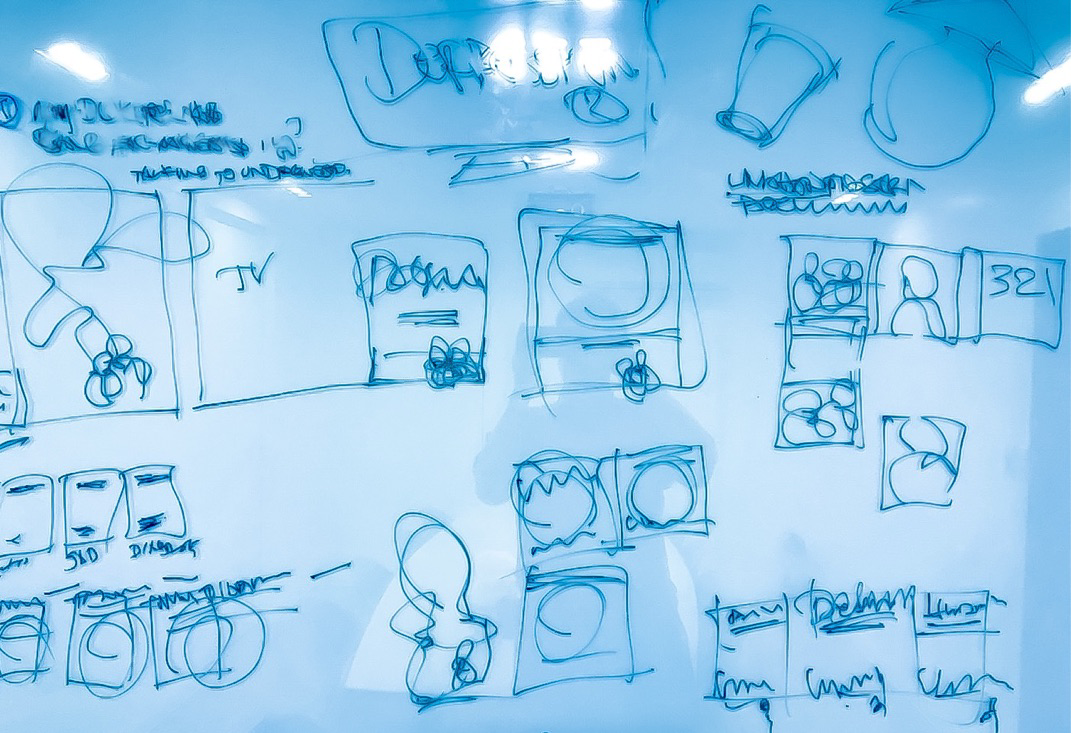
Related Posts
The Party as a Person: The Story of ‘Pag Mahal Mo, Akbayan Mo’
May 16, 2025
Frequently-Asked Questions About Advertising – Part VII
Apr 11, 2025
Stanford's Massive Tobacco Ad Archive Reveals a Century of Psychological Manipulation
Jan 30, 2025